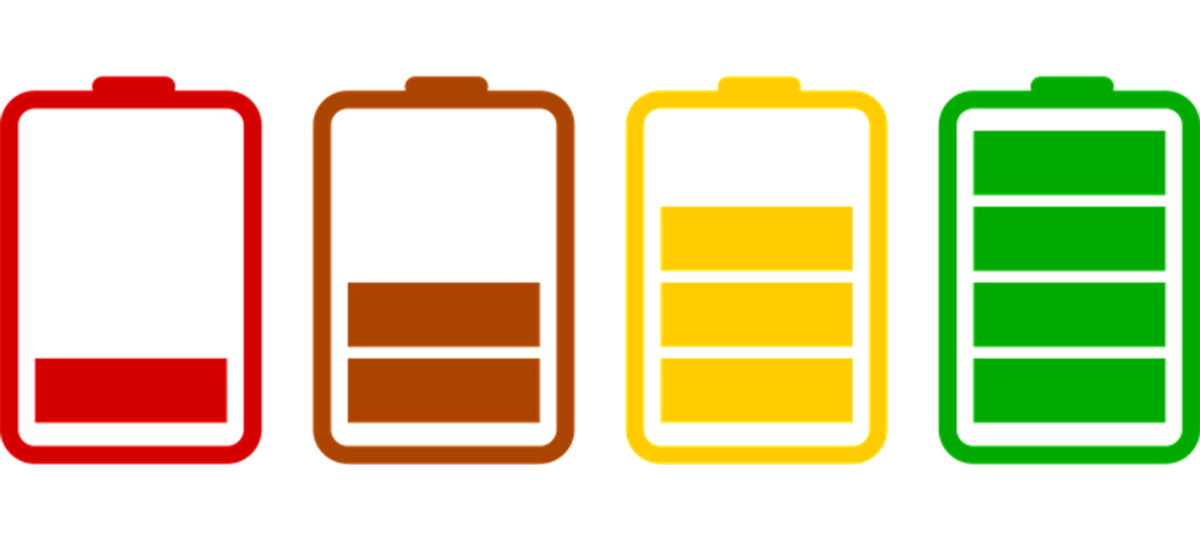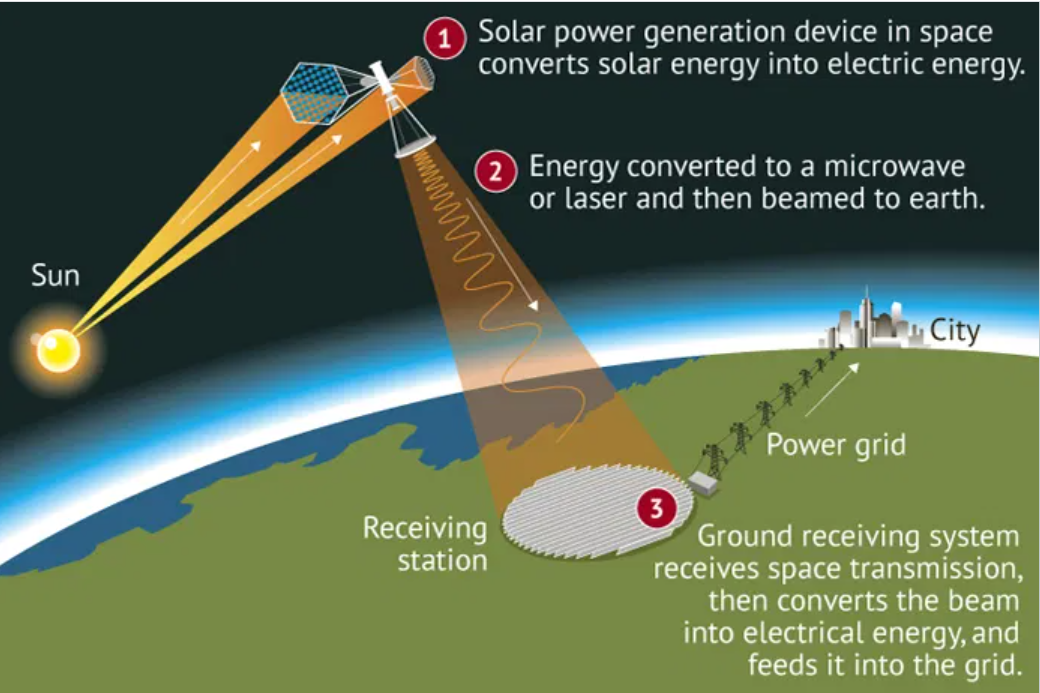Backfiring batteries?
Rebound effects and reducing emissions
‘Rebound effects’ are the unintended consequences of energy efficiency improvements that can offset the anticipated energy savings. When lighting becomes more efficient, it becomes cheaper, which can result in people buying and using more of it. If the rebound effects are greater than the anticipated energy savings, total energy (and emissions) will increase – a ‘backfire’. Energy efficiency is anticipated to deliver a lot of the targeted reductions in global greenhouse gas emissions. If we are serious about achieving these targets, then understanding rebound effects is important.
Generally, all energy efficiency improvements are ‘good’: they lower emissions, it is just a question of how much. Some have better anticipated energy savings than others, and some have more rebound effects. Only in extreme cases are they ‘bad’ and backfire. As a rule of thumb, we can say all energy efficiency improvements are useful, though clearly there is a benefit in prioritising those that will help us decarbonise cheaper and faster, and clearly there’s value in understanding and reducing the unintended rebound effects.
Is energy storage like energy efficiency?
Energy storage is as useful in a low-carbon future as energy efficiency. One reason why is that storage will be needed to balance the supply of uncontrollable renewable energy, such as wind and solar power, with the inflexible demand for electricity. Is storage like energy efficiency, however? Does it have unintended rebound effects? As a rule of thumb, can we say that all energy storage is ‘good’?
To answer these questions, we need to evaluate the different environmental impacts of storage. We will consider the example of putting battery systems into people’s homes, as this type of storage is generating lots of interest, and they could conceivably become as popular as roof-top solar panels.
Environmental impacts of batteries
Firstly, there’s everything involved in the production of the battery, including extraction and transportation of raw materials, manufacturing, and eventual recycling and disposal – the ‘cradle-to-gate’ impact. For lithium-ion batteries this would be around 5.4 kg CO2 per kWh of installed capacity [1]. For other types of battery, such as lead-acid batteries, it would be considerably more [2]. For the battery to have a net positive impact on the environment, it needs to save at least as much CO2 through its use as was emitted in producing it.
In theory, the battery should be charged using a source of low-carbon electricity, such as solar power, and discharged later to avoid the use of a source of high-carbon electricity, such as coal. Some people think this is what happens if they have solar panels on their roofs and install a battery system that charges during the day when the solar panels are producing power, and discharges later in the evening to avoid importing electricity from the grid. In most cases, however, this would be a mistake. In grids such as those of GB or US, a mix of fossil-fuel generators operates ‘on the margin’ to provide flexible power and ramp up and down in response to changes in demand. If a battery is connected to the grid, then it is these marginal generators that respond to the battery’s charging profile. Even though the battery charges when the solar panels are producing power it has no effect on how much solar power is produced. The only time when uncontrollable renewables such as solar and wind can operate on the margin and respond to an increase in demand such as a battery being charged is when they would otherwise need to be switched off, or ‘curtailed’. Curtailment is an issue in some power systems, and we can expect it to increase as we install more renewables. Unless curtailment is occurring, however, and the effect of charging storage is to reduce it, then it is incorrect to assume that grid-connected storage is charged using renewable energy alone.
If batteries are not used to avoid curtailment of renewables, then usually they are just being charged with an increase in fossil-fuel power at one time, to displace other fossil-fuel power at another time. Batteries are not 100% efficient, and this only makes sense if the difference in the carbon intensity of marginal electricity at these times is great enough to make up for the energy losses in the battery. If storage charges at times when the marginal emissions are high, it could lead to higher emissions overall. There is a lot of data available on how power grids are operated, and we can be fairly precise about the carbon intensities of the marginal generators that would be likely to respond to something like a battery charging and discharging. For example, my recent work on the Irish power system shows that energy storage increases emissions for the typical storage operating scenarios, except when used to avoid curtailment of renewable energy [3].
Storage takes the credit?
So far, so bad, and you may be thinking that putting batteries in people’s homes is not a good idea. There are, however, some important effects that we haven’t considered:
First, grids are undergoing structural change to decarbonise. Over time, the merit-order of marginal generators should better reflect their emissions-order, and the amount of renewable energy being curtailed will increase, which will create more and better opportunities for storage to reduce emissions while compensating for their whole life cycle impact and losses due to inefficiency.
Second, storage could, itself, affect further structural change. Coming back to our battery example, while it may not affect the output of the solar panels installed in the same home, it may well mean that other homes on the same street can install solar panels that otherwise would not have been built, say due to network constraints. The battery can take the credit for that, along with the resulting reduction in overall emissions. Similarly, storage that is consistently used to reduce peak electricity demand could, in time, result in less peaking plants being built and lower-carbon ‘baseload’ generation, like nuclear or CCS, being run more efficiently and at a higher capacity factor. Again, the battery can take credit for the change if it was the cause.
While these effects are positive, they are dependent on many factors that make them uncertain. It is not clear whether and how much they apply to all the different storage technologies and applications, and whether they will have enough of an effect to offset the unintended negative ‘rebound effects’ described earlier. Does the good outweigh the bad? We cannot say for sure because the work hasn’t been done. Questions of effectiveness and rebound effects are well-established within the study of energy-efficiency but are much less discussed, let alone evaluated, when it comes to energy storage. If the potential benefits of storage are to be realised, regulatory structures to encourage their operation in the best system interest could become important. Otherwise, there is indeed a danger that this well intentioned technology does ‘backfire’.
[1] Hammond, Geoffrey P., and Tom Hazeldine. 2015. Indicative energy technology assessment of advanced rechargeable batteries. Applied Energy 138: 559-571.
[2] McKenna, E., McManus, M., Cooper, S., & Thomson, M. 2013. Economic and environmental impact of lead-acid batteries in grid-connected domestic PV systems. Applied Energy, 104: 239-249.
[3] McKenna, Eoghan, John Barton, and Murray Thomson. 2016. Short-run impact of electricity storage on CO2 emissions in power systems with high penetrations of wind power: A case-study of Ireland. Proceedings of the Institution of Mechanical Engineers, Part A: Journal of Power and Energy.




